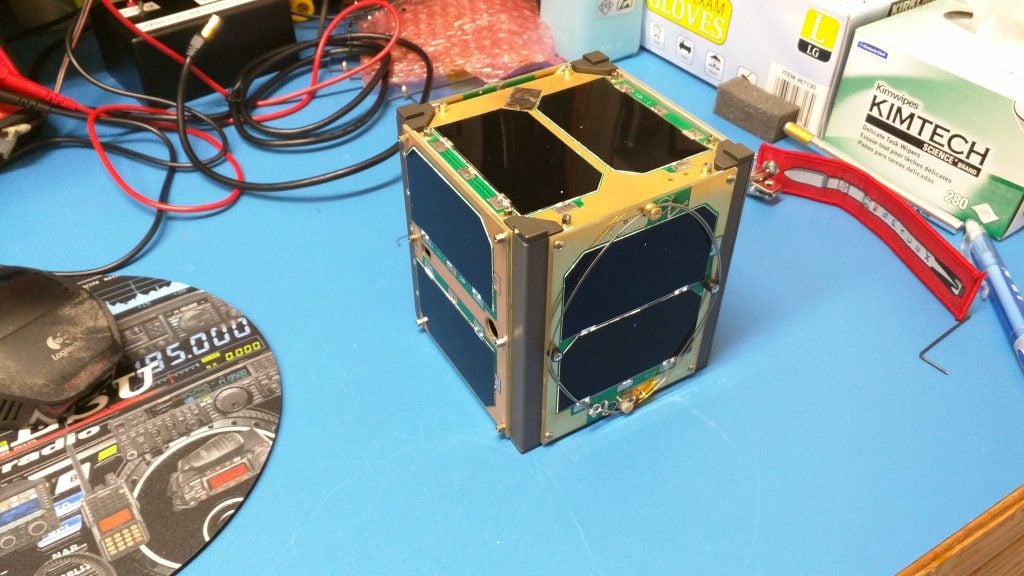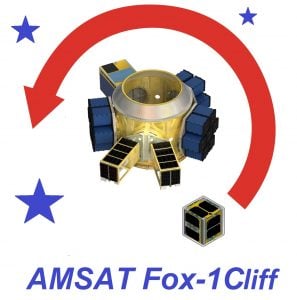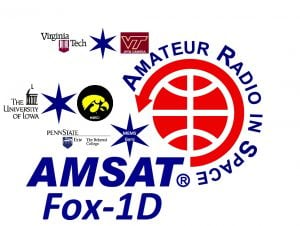The RadFxSat (Fox-1B) launch date has been moved, and is now scheduled for March 16, 2017.
RadFxSat will ride as one of the ELaNa XIV secondary payloads aboard the NASA JPSS-1 launch on a ULA Delta II rocket.
The launch will be at Vandenberg AFB, California. It is one of only two remaining Delta II planned to be launched.
The RadFxSat mission is a partnership with Vanderbilt Institute for Space and Defense Electronics (ISDE) that will study space radiation effects on commercial off the shelf memory. The experiments are carried aboard the AMSAT Fox-1B CubeSat and experiment data will be carried in the subaudible telemetry stream of the Fox-1B FM repeater along with the CubeSat telemetry data. The telemetry can be decoded and displayed with the AMSAT FoxTelem software.
[ANS thanks Jerry Buxton, N0JY AMSAT Vice President, Engineering
for the above information]




